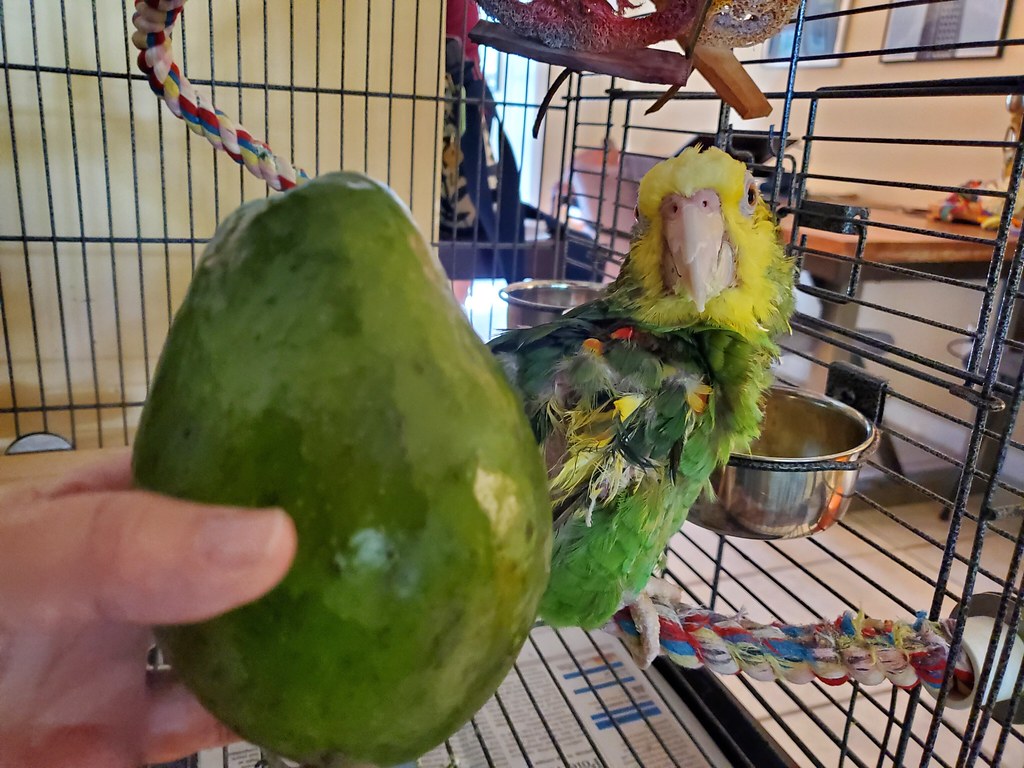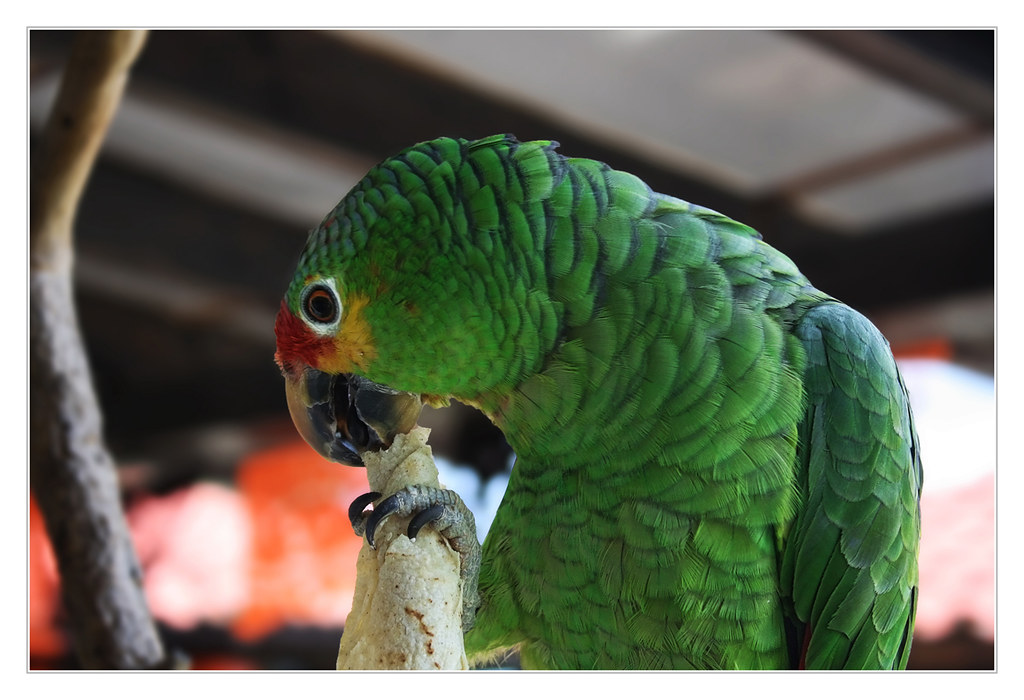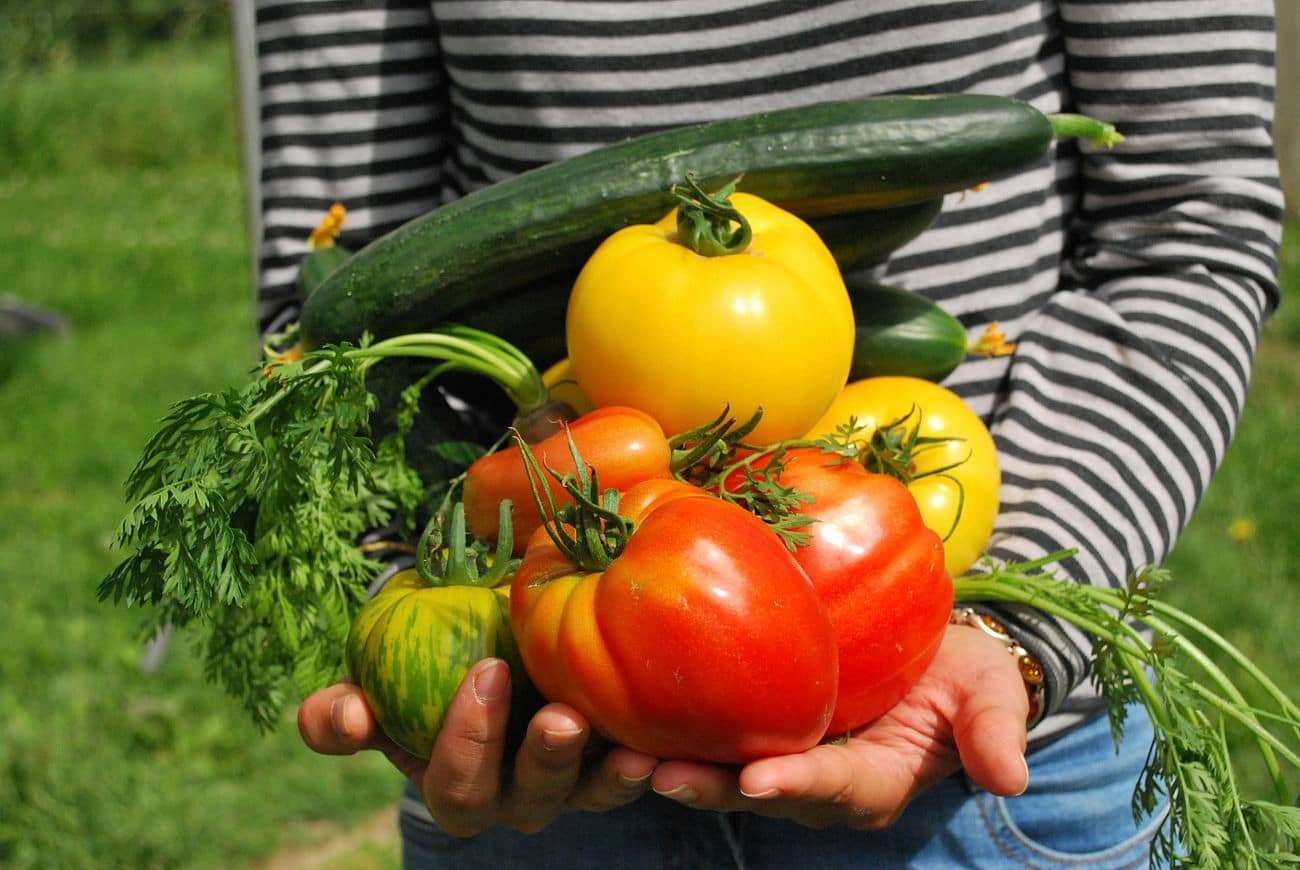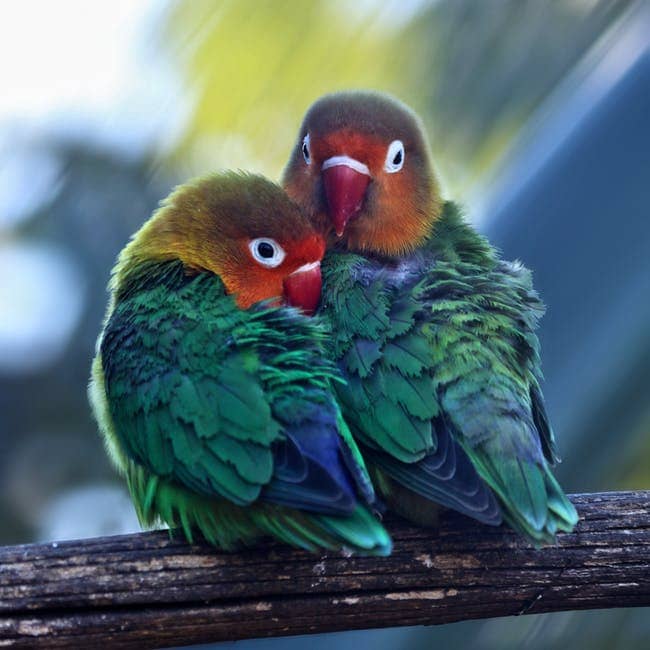Lovebirds and Vegetables: A Comprehensive Guide to Safe and Nutritious Feeding
Lovebirds are delightful pets that bring joy and companionship to their owners. As with any pet, it’s important to provide them with a healthy and balanced diet to ensure their optimal health and well-being. In this article, we’ll explore the best vegetables to feed your lovebird, how to prepare and serve them, and common mistakes to avoid.
Lovebird Nutrition
Lovebirds have specific nutritional needs that must be met in order to maintain their health and well-being. A balanced diet that includes a variety of nutrients is essential for lovebirds, as a lack of any of these nutrients can lead to health problems. In this section, we will discuss the specific nutritional needs of lovebirds and the role that vegetables play in their diet. Vegetables are an important source of essential vitamins and minerals, including vitamin A, vitamin C, calcium, and iron. By incorporating safe and nutritious vegetables into their diet, pet owners can help ensure that their lovebirds are getting the nutrients they need to thrive.

Safe Vegetables for Lovebirds
When it comes to feeding lovebirds vegetables, it’s important to choose ones that are safe for them to eat. Some vegetables can be toxic to birds, so it’s crucial to do your research before introducing any new foods to your lovebird’s diet. Here are some safe vegetables that you can feed your lovebird:
- Carrots: Carrots are a great source of vitamin A, which is essential for a lovebird’s vision and immune system. They also contain beta-carotene, which can help prevent cancer and other diseases.
- Broccoli: Broccoli is a good source of vitamin C, which helps boost a lovebird’s immune system. It also contains sulforaphane, which can help prevent cancer and other diseases.
- Spinach: Spinach is high in iron, which is important for a lovebird’s blood health. It also contains antioxidants, which can help prevent cell damage and other diseases.
- Kale: Kale is a good source of calcium, which is important for a lovebird’s bone health. It also contains vitamins A, C, and K, as well as antioxidants and anti-inflammatory compounds.
- Peppers: Peppers are a good source of vitamin C and can add some variety to your lovebird’s diet. They also contain capsaicin, which can help boost metabolism and prevent cancer.
It’s important to note that while these vegetables are safe for lovebirds to eat, they should still be fed in moderation. Too much of any one food can lead to nutritional imbalances and health problems. Additionally, it’s important to avoid feeding lovebirds avocados, onions, and garlic as these can be toxic to birds. By incorporating safe and nutritious vegetables into your lovebird’s diet, you can help ensure their optimal health and well-being.

Nutritious Vegetables for Lovebirds
Lovebirds require a balanced diet that includes a variety of foods, including vegetables. Some vegetables are particularly nutritious for lovebirds and can provide additional health benefits. Here are some nutritious vegetables that you can feed your lovebird:
- Sweet potatoes: Sweet potatoes are high in beta-carotene, which is important for a lovebird’s vision and immune system.
- Squash: Squash is high in vitamin A and can help support a lovebird’s respiratory health.
- Beets: Beets are high in iron and can help support a lovebird’s blood health.
- Brussels sprouts: Brussels sprouts are high in vitamin C and can help boost a lovebird’s immune system.
- Zucchini: Zucchini is high in potassium, which is important for a lovebird’s heart health.
It’s important to note that while these vegetables are nutritious, they should be fed in moderation as part of a balanced diet. It’s also important to wash and prepare the vegetables properly before feeding them to your lovebird. By incorporating these nutritious vegetables into your lovebird’s diet, you can help support their overall health and well-being.

Preparing Vegetables for Lovebirds
When preparing vegetables for your lovebird, it’s crucial to cut them into small, bite-sized pieces. This will make it easier for your lovebird to eat and digest the vegetables. Additionally, you can try steaming or boiling the vegetables to make them softer and more palatable for your lovebird.
It’s important to avoid seasoning the vegetables with salt, sugar, or other spices as these can be harmful to your lovebird’s health. Instead, try mixing the vegetables with your lovebird’s regular food to encourage them to try new foods. This will also help ensure that your lovebird is getting a balanced diet.
When serving vegetables to your lovebird, make sure to wash them thoroughly to remove any pesticides or other harmful substances. You can also try offering a variety of vegetables to keep your lovebird interested and engaged in their food. Remember to remove any uneaten vegetables from your lovebird’s cage after a few hours to prevent spoilage and potential health issues.
Common Mistakes to Avoid When Feeding Lovebirds Vegetables
When it comes to feeding lovebirds vegetables, there are several common mistakes that pet owners should avoid. One of the most common mistakes is giving lovebirds too many vegetables too soon. It’s important to introduce new foods slowly and in small amounts to avoid upsetting your lovebird’s digestive system. Additionally, it’s important to do your research and only feed your lovebird vegetables that are safe and nutritious. Some vegetables, such as avocados, onions, and garlic, can be toxic to birds and should be avoided. Finally, it’s important to remember that vegetables should not be the only food in your lovebird’s diet. Lovebirds require a balanced diet that includes a variety of foods, including seeds, pellets, and fruits. By avoiding these common mistakes and providing a balanced diet, you can ensure that your lovebird stays healthy and happy.

Personal Story: Incorporating Vegetables into My Lovebird’s Diet
When I first got my lovebird, I was hesitant to introduce vegetables into her diet due to concerns about their safety. However, after consulting with my veterinarian and doing some research, I decided to start slowly incorporating vegetables into her diet.
Initially, I offered her small pieces of carrot and broccoli, but she showed no interest. I then tried kale, and to my surprise, she loved it! I started adding kale to her regular food mix, and within a few weeks, I noticed a significant improvement in her feather quality. Her feathers were shinier and more vibrant, and she seemed to have more energy and playfulness.
Since then, I have continued to introduce new vegetables into her diet, including squash and beets. While she doesn’t enjoy every vegetable I offer her, I have found that by providing a variety of options, she is more likely to try new foods. I have also noticed that she seems to be more resistant to illness and has a stronger immune system since incorporating vegetables into her diet.
Storing Vegetables for Lovebirds
Properly storing vegetables is crucial to ensure that your lovebird’s diet remains fresh and nutritious. Vegetables should be stored in a cool, dry place away from direct sunlight. You can also store them in the refrigerator to help them last longer. However, it’s important to note that some vegetables, such as tomatoes and cucumbers, should not be stored in the refrigerator as they can lose their flavor and texture.
Before feeding vegetables to your lovebird, it’s important to wash them thoroughly to remove any dirt or pesticides. You can do this by rinsing them under cool water and using a vegetable brush to scrub away any dirt or debris. Additionally, it’s important to remove any seeds or pits from the vegetables before feeding them to your lovebird, as these can be a choking hazard. By following these simple tips, you can ensure that your lovebird is getting the freshest and most nutritious vegetables possible.
Ongoing Research
Ongoing research is shedding new light on the specific dietary requirements of different lovebird species. While the nutritional needs of lovebirds are well-established, new vegetables are being discovered that may provide additional health benefits for lovebirds. By staying up-to-date with the latest research, lovebird owners can ensure that their lovebirds are receiving the best possible care. It’s important to note that not all vegetables are safe for lovebirds to eat, so it’s important to consult with a veterinarian or avian specialist before introducing new foods into their diet. Additionally, lovebirds have a high metabolism and require frequent meals throughout the day, so it’s important to provide a variety of foods to ensure they are getting the nutrients they need. By staying informed and providing a balanced diet, lovebird owners can help their pets live long, healthy lives.

Conclusion
In conclusion, it’s crucial to prioritize your lovebird’s health and well-being by feeding them a healthy and balanced diet. Vegetables are an essential component of a lovebird’s diet as they provide vital vitamins and minerals. By following the tips outlined in this article, you can ensure that your lovebird is receiving the necessary nutrients to thrive. It’s important to introduce new foods gradually and in small amounts and to always choose vegetables that are both safe and nutritious. By incorporating safe and nutritious vegetables into your lovebird’s diet, you can help them live a long and healthy life.
The author of this article has over 10 years of experience in the pet care industry, specifically with lovebirds. They have worked with various veterinarians and bird experts to develop a comprehensive understanding of lovebird nutrition and care. Additionally, the author has conducted extensive research on the topic, including reviewing scientific studies and consulting with other bird owners and experts in the field. The information provided in this article is based on their personal experience and research, as well as reputable sources such as the Association of Avian Veterinarians and the American Society for the Prevention of Cruelty to Animals.


Leave a Reply